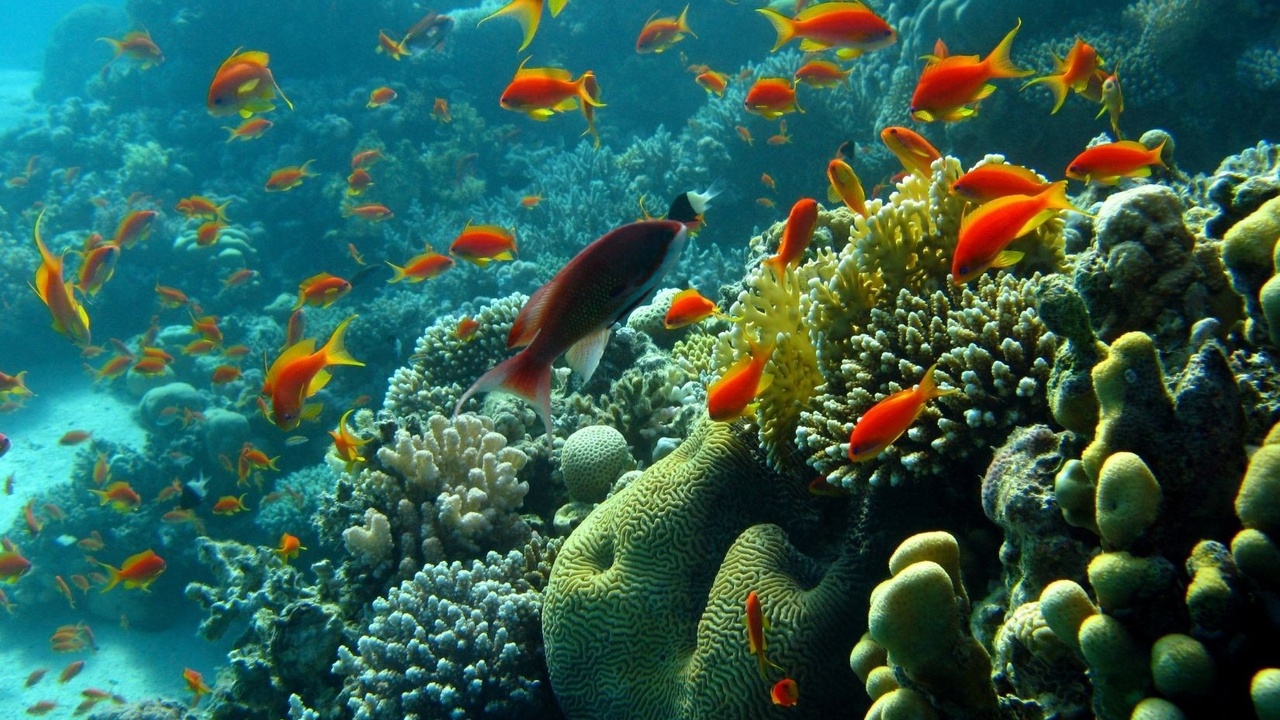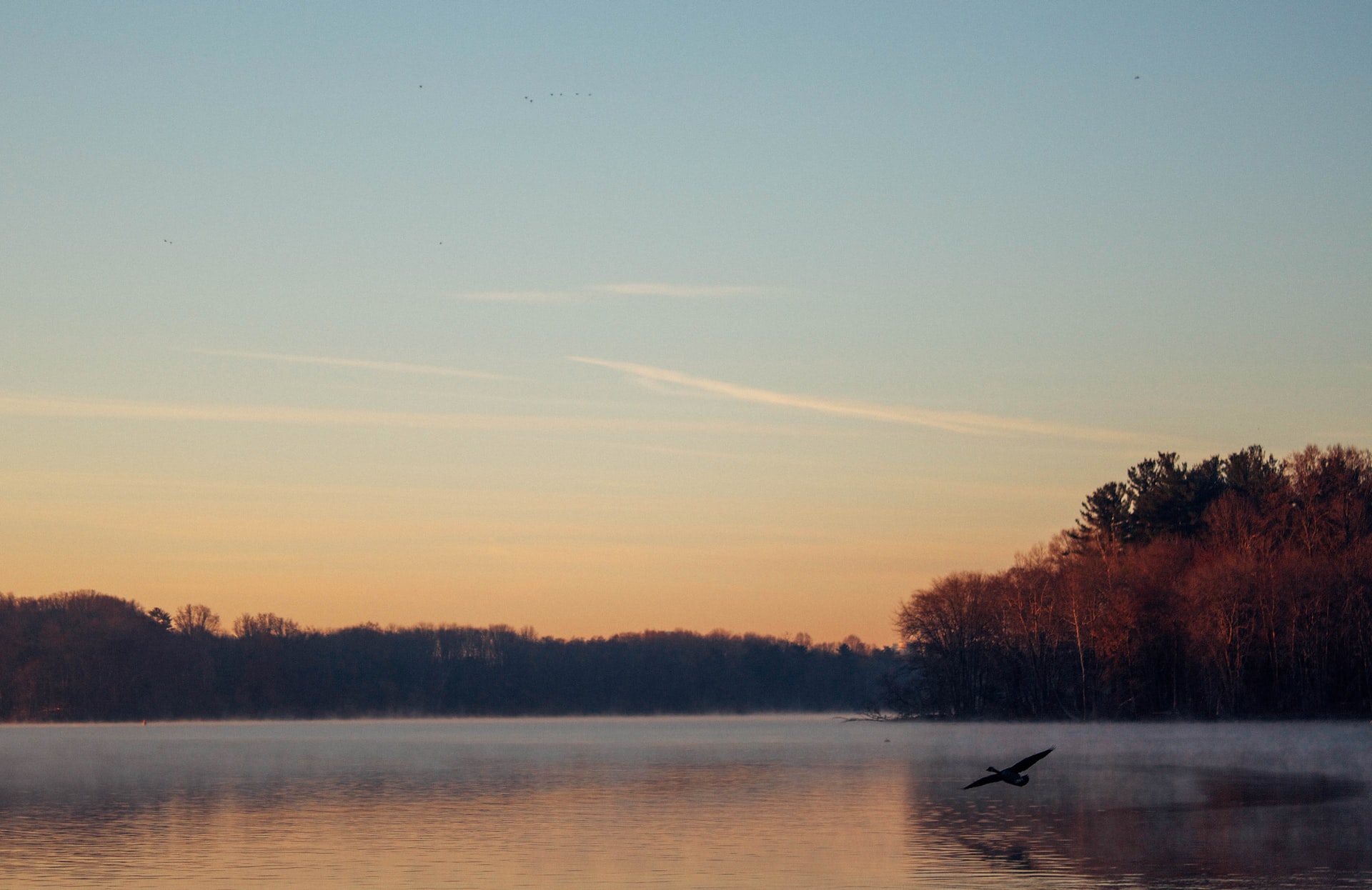Sustainable wellbeing and green living
Let's find ways to Flourish!
Toy Libraries are a Step Towards Sustainable Parenting

People are starting to realize that sharing might be the best solution to society’s overconsumption habit. That’s why we are seeing things like tool lending libraries, car sharing companies, clothing swaps, and carpool apps gaining popularity. You might actually be surprised at all the different items people are sharing nowadays.
For example, did you know that toy libraries are a thing? Just like a regular library with books, toy libraries allow you to check out and borrow toys to bring home. The toys in a toy library are carefully selected, ensuring that there are plenty to choose from for all ages and abilities! Whether you are looking for play mats for a baby or Lego blocks for an older child, toy libraries are likely to have it all.

And of course, the toys are cleaned and kept in good condition so that they offer each new child a fun and safe play experience.
How toy libraries work
Many toy libraries will charge a small annual or monthly fee that allows you to take out a few...
Finding Reciprocity - Braiding Sweetgrass Book Review

Braiding Sweetgrass is lyrical and full of fascinating botanical information. But most importantly, it calls us back to find reciprocity in our relationship with the earth.
Many people had recommended this book to me before I actually got around to it, but I am so glad that I did. It is a gorgeous account of the natural world and our place in it. It is in deep contrast with so many other environmental books that speak only of the grim and dire circumstances that we are in, which certainly we are, but it paints a picture of the natural relationship of reciprocity between humans and the natural world.

Robin Wall Kimmerer describes herself as "a mother, scientist, decorated professor, and enrolled member of the Citizen Potawatomi Nation." Her book, Braiding Sweetgrass: Indigenous Wisdom, Scientific Knowledge and the Teachings of Plants is time well spent.
This is no fast read, in fact, I highly recommend taking your sweet time with it. I began the read in July listening as I picked S...
Using nature to manage human wastes

So what exactly happens to the human waste that is flushed down our toilets every day? Well, for most of us, it goes to a wastewater treatment plant (unless you live in a city that still dumps human waste directly into the ocean - let’s hope not!)
These Wastewater treatment plants tend to be very large, very smelly buildings (yes, I have toured them with my students). Where garbage is removed, solids are settled out and oil is skimmed off and microbes get to work at breaking down the organics and nutrients until the liquid is clean enough to be sent back into a nearby river or lake or the ocean.
However, there are viable alternatives that actually mimic nature and do the same job - while also creating other benefits.
Water of Life
Water is one of our most valuable natural resources. In fact, a person can live for up to one month without food but only about one week without water. However, freshwater is not always easily accessible. While nearly 70 percent of the world is covered by...
How to protect biodiversity in our oceans

What comes to mind when you think of environmental and wildlife protection? Do you think about conservation efforts such as rewilding and shoreline restoration? What about amazing organizations that save the big cats in Africa or create all-women anti-poaching units?
These efforts are so important when it comes to preserving all life on earth, whether it be our beloved wildlife or old-growth forests. However, environmental preservation means expanding our efforts to marine life and habitats as well!
Seafood certification initiatives are certainly a part of protecting our waters, as they help eco-conscious consumers determine which seafood products have been caught or raised in a sustainable manner. But what more can be done to conserve life under water?
The answer is marine protected areas! Marine protected areas are areas of seas, oceans, estuaries, or inland waters such as the Great Lakes that have been set aside for long-term conservation aims.

Marine Protected Area definition...
How the economy can solve climate change

Is it possible that cold hard cash could be the solution to our environmental problems? More specifically, could it help speed the transition to greener and cleaner energy solutions? While many environmental solutions come about through community involvement, technology, Indigenous knowledge, and above all, teamwork, certain environmental problems just might need a different approach.
The benefits of carbon pricing
So, how can money discourage the use of carbon dioxide-emitting fossil fuels? By simply putting a price on carbon emissions! Carbon pricing is a promising approach to reducing carbon emissions that contribute to climate change and environmental destruction. Put simply, this approach passes the cost of emitting on to emitters.
Instead of paying only for the resource and the cost of extraction, which is heavily subsidized, carbon pricing ensures that consumers are paying for the external costs of carbon emissions as well. These external costs include both the direct and ind...
Recipe for a Litterless Lunch

Every meal is an opportunity to live sustainably. This is a topic we’ve explored before – the food we eat has a significant impact on the environment. Some negative consequences of our food choices include excess carbon and other greenhouse gas emissions, synthetic chemical use, animal welfare problems, unfair labour, wasteful packaging, and environmental pollution.
On the other hand, making positive food choices like eating local, choosing organic, and growing your own produce help mitigate these issues and bring you one step closer to sustainable wellbeing.
In short - food is one of our most direct connections to the natural world, and we can really make a difference to our wellbeing and that of the planet with our food choices.
However, being environmentally conscious when it comes to our food choices isn’t just about the food itself, but also about the way we package our meals when we’re on the go.
We can elevate our food choices by looking at the big picture – how our food is ...
What are Riparian Zones and why are they so vital?

Spending time outdoors is great for our mental and physical wellbeing. Whether you are going for a stroll by the river or having a picnic in the park, there’s nothing quite like getting some fresh air and being able to appreciate the beauty of the outdoors!
Of course, it is also very beneficial to be able to understand how our favourite natural environments function ecologically. Being able to understand the role and importance of these ecosystems not only heightens our appreciation, but incentivises us to protect them as well.
There is one type of ecosystem in particular that is worth familiarizing yourself with: riparian zones. These areas are the green ribbons of trees, shrubs, and grasses that grow alongside riverbeds, streams, and wetlands.

It is likely that you have spent time in a riparian zone. Perhaps you’ve walked along a riverside walking trail or simply admired their beauty from afar. But do you know about the many ways in which they positively impact the environment? ...
How to enjoy seasonal whole foods with Getty Stewart

Remember the ozone hole?

It is no secret that on a global scale, the world is suffering from issues such as climate change and its related processes, poverty, pollution, malnourishment and hunger, and lack of security and wellbeing. While it can be depressing to think about all these current global problems, I think it is really important to remember that we have actually succeeded on a number of similarly pressing issues.
Do you remember hearing about the “hole in the ozone”? Well, it is actually something that gives me a lot of hope! That’s because it was a global problem of pollution that crossed borders and affected human health, agriculture and ecosystems. Yes, sounds familiar right? But guess what we got together and are on track to have that problem solved in the next 30 years! Yes, I said SOLVED!
Doing it together makes it work
With these global, large-scale problems, we need countries around the world to work together on the same goals and targets in concert on these issues. While individual nation...
#EarthOptimism

If you’ve noticed that mainstream environmental news tends to be increasingly negative and concerning, you’re not alone. And to be fair, there are lots of environmental issues to be concerned about – so it’s natural that these issues, such as forest fires, floods, and increasing carbon dioxide levels in the atmosphere, are being reported on.
It is true that this type of environmental reporting can be effective. Especially for those who may be unaware of how serious the issue of climate change is. But for the rest of us who are aware of these issues and are taking steps to live more sustainably, being constantly bombarded with negative news can be exhausting, and even depressing.
In fact, it might even be increasing your eco-anxiety. Eco-anxiety is often defined as a chronic fear of environmental doom which stems out of a place of deep caring for the planet and its inhabitants. To learn more about eco-anxiety, check out episode 5 from my Live.Well.Green Podcast “Strategies for Combatt...

